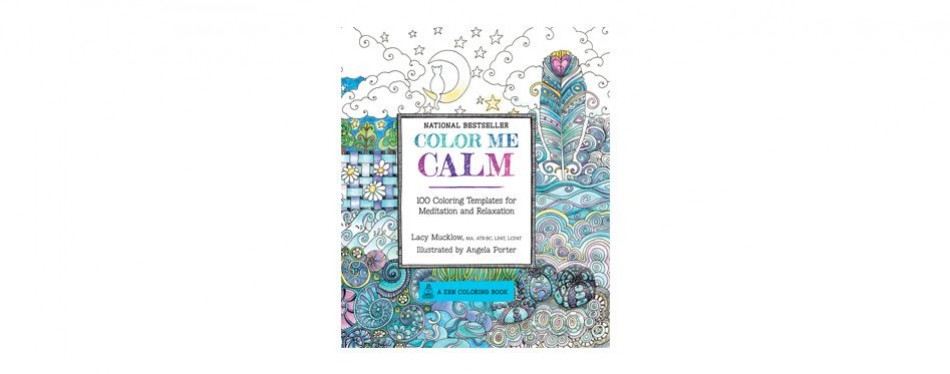

(The first two volumes appeared four years after Goethe’s death, an expanded version containing a third volume not until another twelve years after that.) Simpler, perhaps, to say they were piously reinvented. There is a single moment when I felt close to the way Goethe might have spoken, when he says, or “says”: “And yet, how much do I really get done? If I’m very lucky, I can produce a page of writing, but normally it’s only as much as would fit under your hand-and even less if I’m in an unproductive mood.” That “as much as would fit under your hand” has a flash of immediacy, of practicality, of the power of that hand.Įlsewhere the Conversations sound like the eighteenth century in its sleeked, placid pomp, all balance and reason-in Randall Jarrell’s phrase on another subject, “statues talking like a book.” They were loosely reconstituted, not always promptly and not always plausibly. There is nothing particularly documentary or authentic-seeming or intimate about these conversations. The little acolyte, known for nothing else, just for talking to the big man, bringing him out, leading him on. The big man, himself by now somewhat fallen on hard times, recorded by the little acolyte. I don’t know what we should be more ashamed of: our stupid credulity or our oh-so-clever suspicion.Ī strange time to publish-strange time to publish anything-a translation of Eckermann’s Conversations with Goethe (or should that be Goethe’s Conversations with Eckermann?), in six hundred static, major-key pages that can easily feel like twice as many.

We can no longer count to three, but by golly you should see our numerology. What a poor, gaslighted, meme-riddled, spook-spooked species we are. Ahem ahem.) Now that we’ve had it with uncomplicated greatness, just give us our supernatural machinery. (Meanwhile, in what’s derisorily known as the real world, we have politicians’ and diplomats’ memoirs, written supposedly-legendarily-between dinner and bath time with an FBI-approved, legally satisfying memory of once-seen documents with the benefit of shorthand or without. We do have books, important books that would actually bring us close to important people, but now these hem-of-the-garment books have come upon hard times they are discredited, almost exploded: John Aubrey’s Brief Lives, so mysteriously stuffed with the speech of men long dead, Boswell’s Life of Johnson (which lives by its “Sir” and dies by its “Sir”), Coleridge’s Table Talk, Gustav Janouch’s spurious Conversations with Kafka, Hitler’s (God save us) Tischgespräche. Nothing is real and- pace John Lennon-everything to get hung about. Maria Callas? Elvis Presley? Freddie Mercury? Vera Lynn? Vera Imago? Straight up? With a twist? Genetically enhanced? Coming right up. What can we not do? Tell Sophocles (“What a wonder is man”) the news. Why, it’s almost as if we were alive to see them do it. Organized into seven therapeutically-themed chapters including Mandalas, Water Scenes, Wooded Scenes, Geometric Patterns, Flora & Fauna, Natural Patterns, and Spirituality - the book examines the benefits of putting pencil to paper and offers adults an opportunity to channel their anxiety into satisfying, creative accomplishment.We can change a face, change a gender, change a race, change a voice produce the true illusion of someone speaking words they never spoke sell tickets for events at which dead people will sing and dance for our delectation. Art therapist Lacy Mucklow and artist Angela Porter offer up 100 coloring templates all designed to help you get coloring and get relaxed. Color Me Calm is a guided coloring book designed for harried adults. "Now" has become something that happens online, not in the space and time that we physically occupy. Constant stimulation and expectation have left us burnt out and distanced from the present moment. Our lives become busier with each passing day, and as technology escalates, so does our access to work, obligations, and stress.


 0 kommentar(er)
0 kommentar(er)
